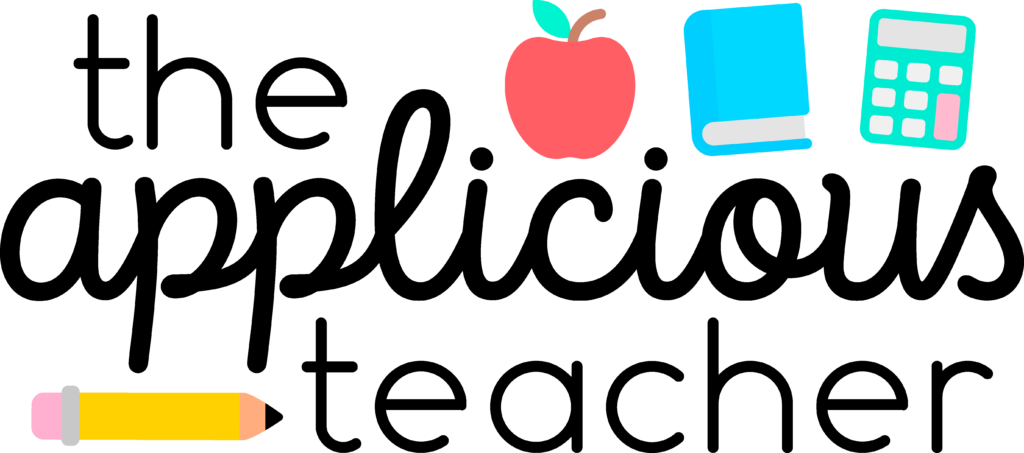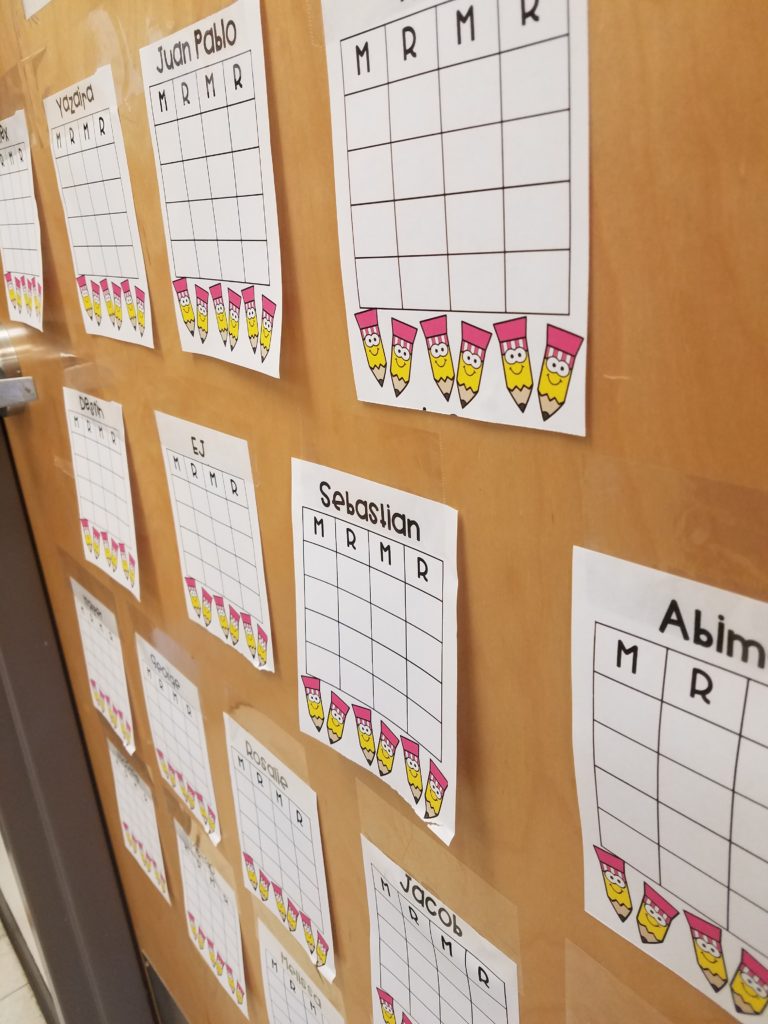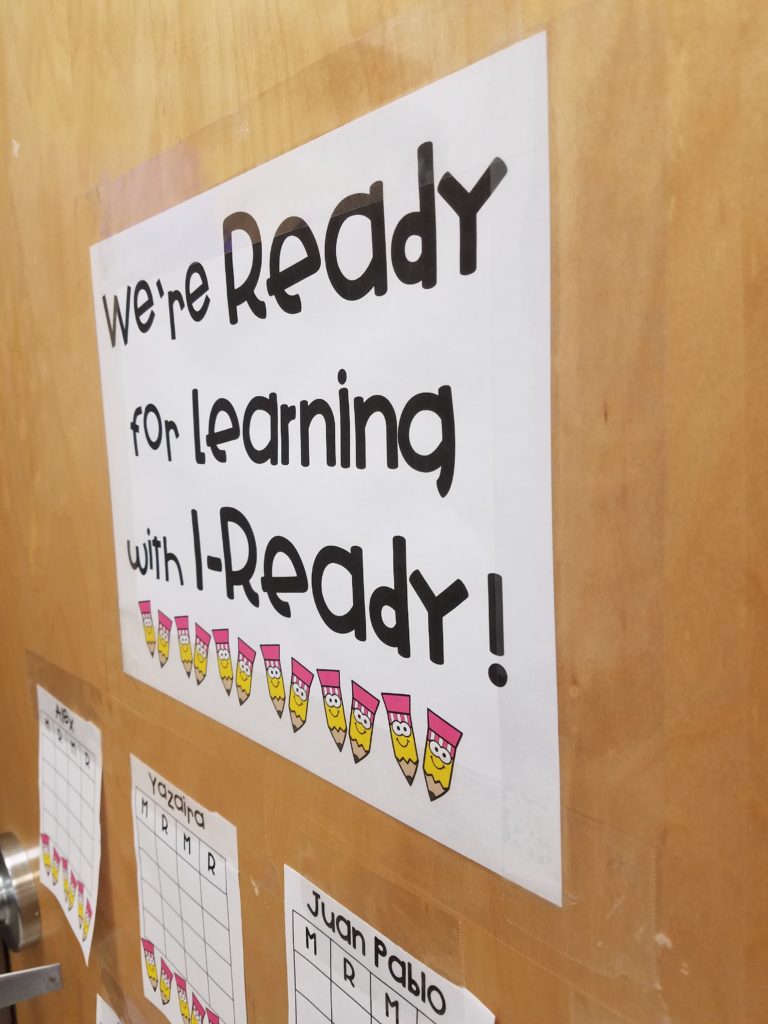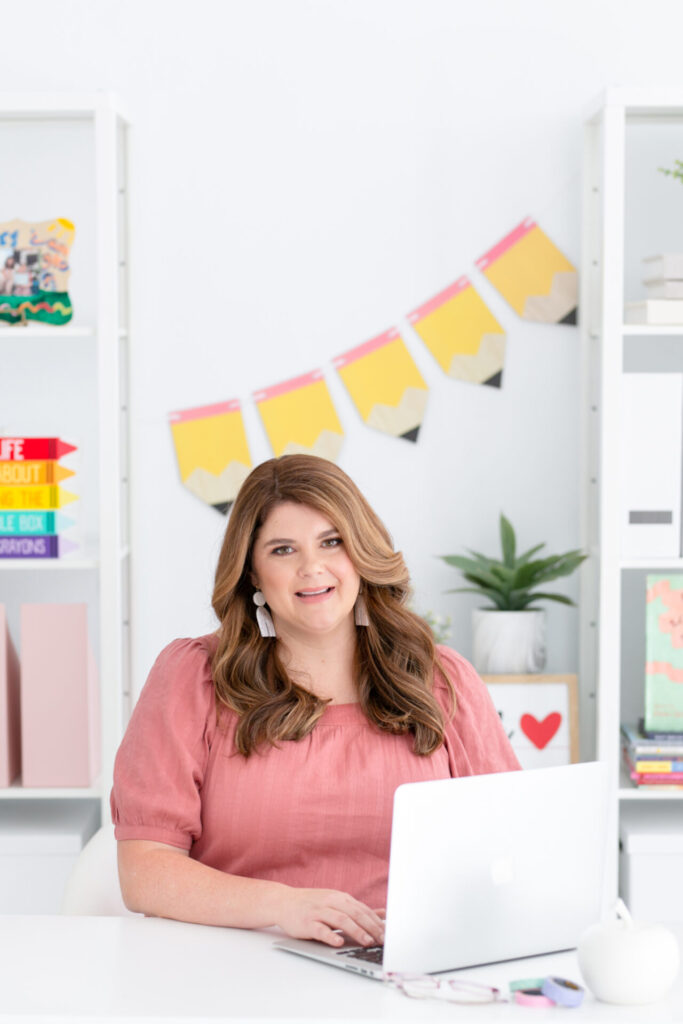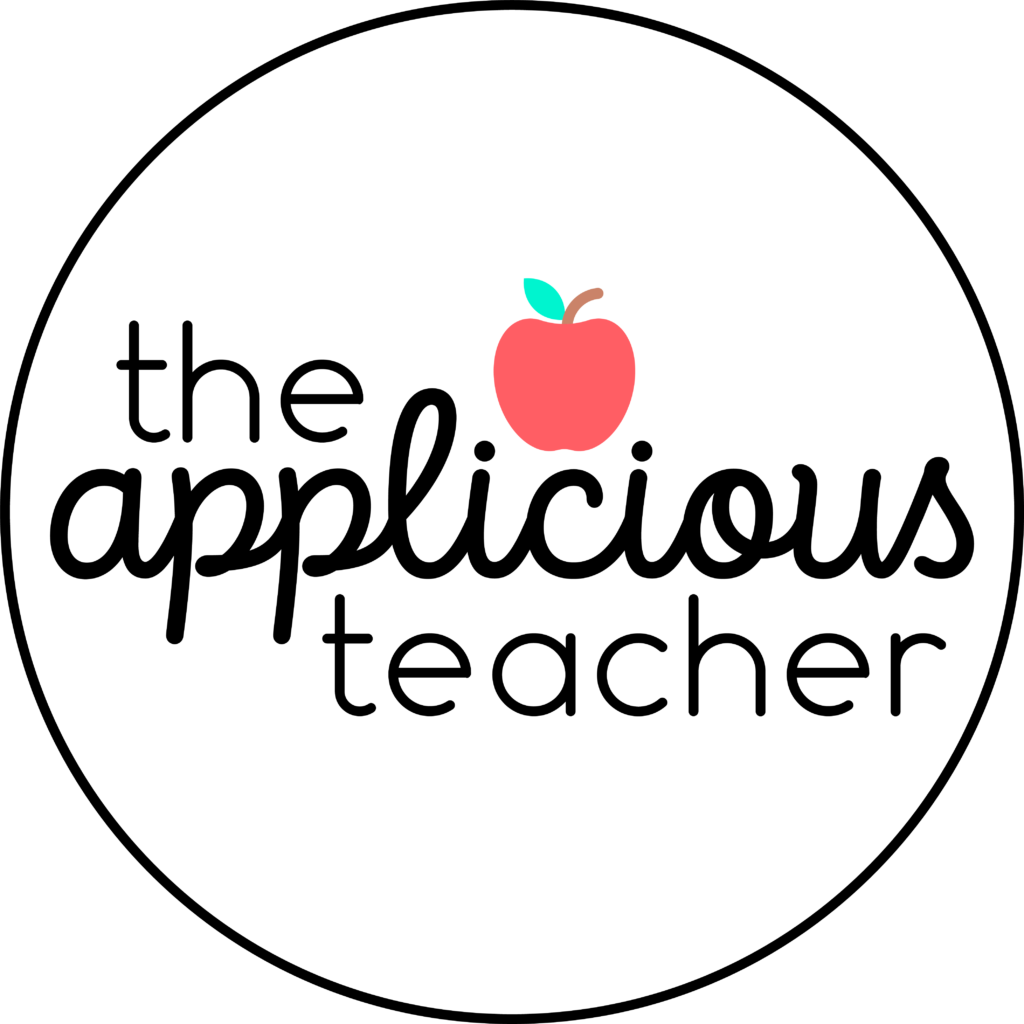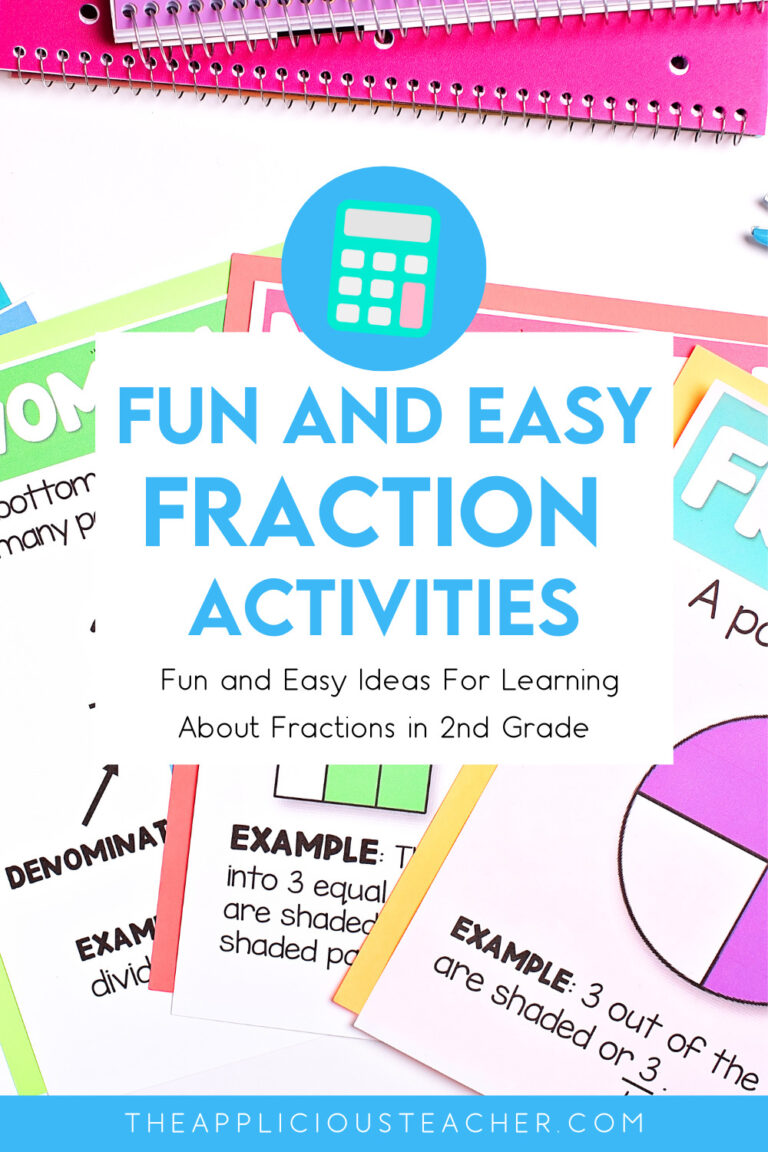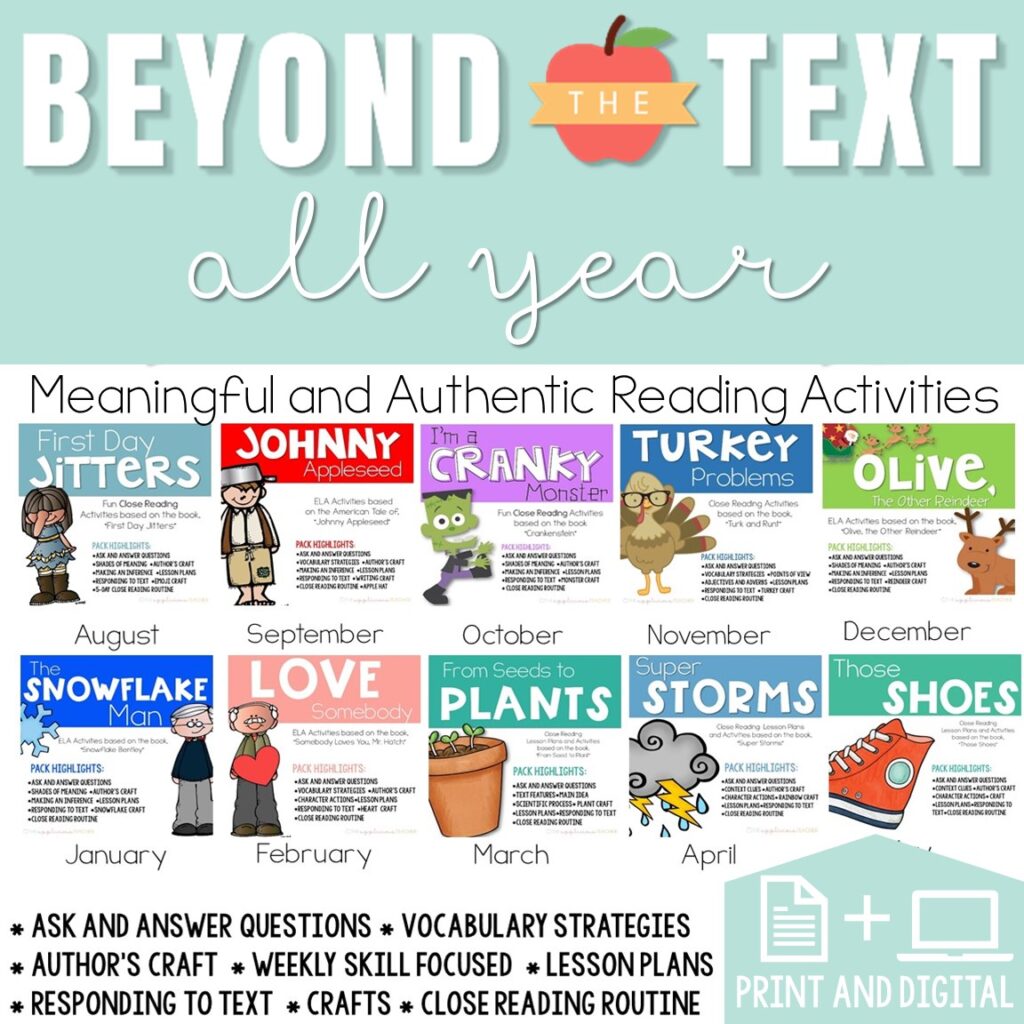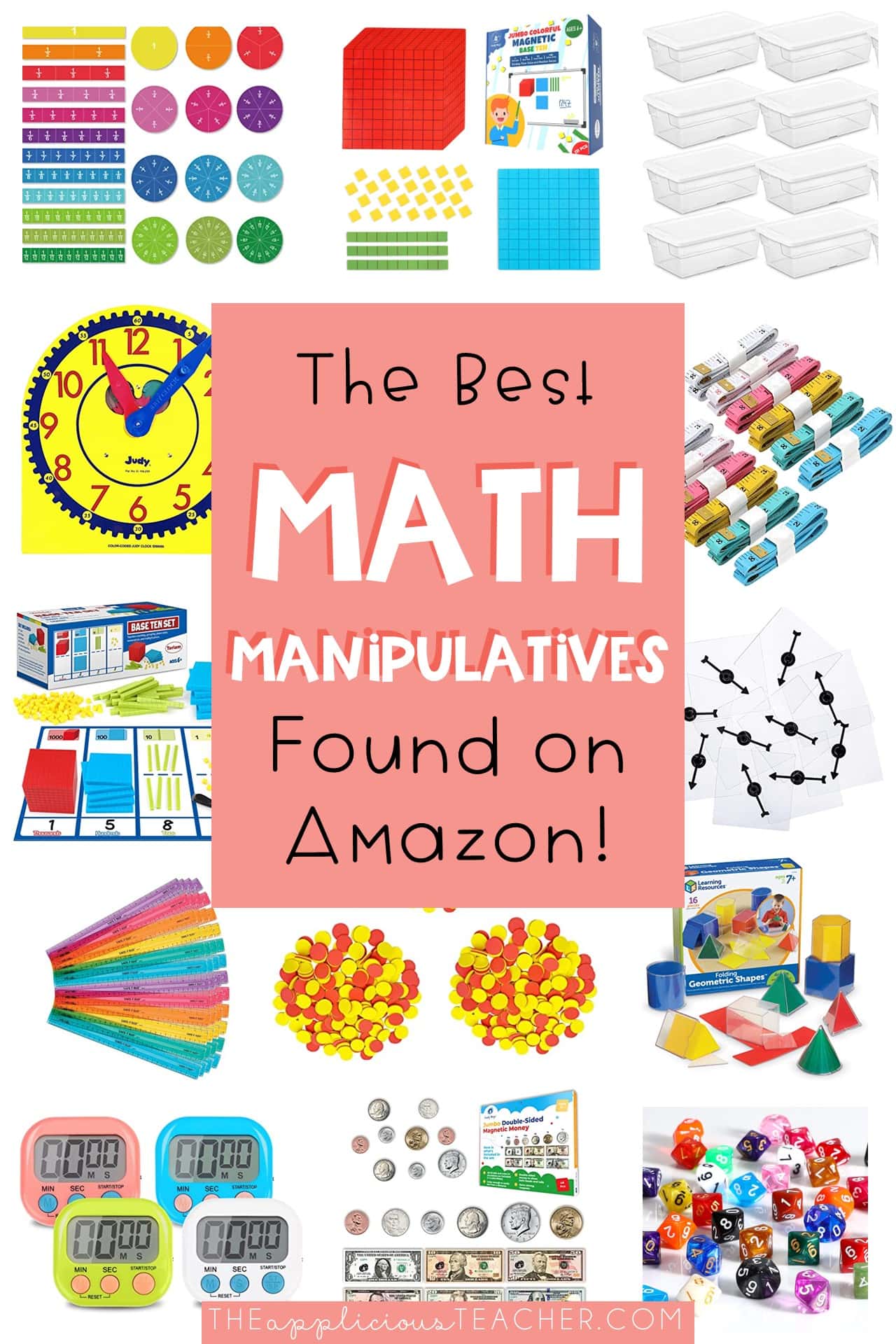Does the word “I-Ready” send chills down your spine? Well… it does… or at least DID for me… that was until I figured out how to find peace with the program and satisfy the wolves who came knocking on my door when my times weren’t up to par. I know I CAN’T possibly be the only teacher who felt this way… so I thought I’d share how to turned my time and scores around in a simple and easy to manage way.
When my new district first announced that they were moving to the online I-Ready system, I wasn’t surprised. My previous district used a version of this for tutoring and even had adopted the text books for core instruction in both reading and writing.
I was a little ambivalent to the whole idea. Great another thing on my plate I needed to manage. I figured I’d incorporate the system into my small group time and that would that. Except… in true “we spent a lot of money on this program” fashion… expectations and time goals starting popping up and I found myself on the bottom end of every time chart and spreadsheet.
THE BOTTOM!
Seriously, not a proud teacher moment. No one wants to see their name at the bottom of any list! Talk about spine chilling!
So… I knew I had to change something, but what? I wasn’t willing to cut out my intervention, guided reading, or guided math time. AND I didn’t have a class set of computers in my classroom. I couldn’t change my time constraints or my lack of available technology, but I could change my mind set… and my kids!
PLEASE NOTE: I am in no way affiliated with the I-Ready program and was not compensated in any for my opinion or post. This post is meant to help teachers navigate the sometimes scary waters of computer based learning programs and serves as one way to implement this program successfully in your classroom.
Changing the Mindset
This was the key. I needed to make I-Ready more of a priority in my classroom and as part of my daily routine. So, I sat myself down and did some reflecting.
How could I make this work for ME and for my students?
I needed to go from “this is something I HAVE to do…” to “This is something that is working to better my students and help me be a better teacher”
You guys… that wasn’t easy… but once I realized that I could customize my students’ learning paths and review their data weekly, I found peace with the program. I was able to say…
Ok… this could make my job easier.
This could make me more prepared to teach my students what they need to know.
How zen of me, right?
Now, convincing myself that I-Ready wasn’t terrible took a little pep talking… but it wasn’t impossible. It was convincing my students that was a little harder.
So, the next Monday during our “Morning Meeting” time, we had a HUGE discussion about responsibility and doing things we might not want to do, but that better ourselves. At the end, I tied it back to our I-Ready system and how this program could make us better readers and geniuses in math. And you know what? My kinders were convinced! WHEW! Teacher ninja moves right there!
Setting Up a System
Now that the mindset was changed, it was time to set up a system that would keep me and my students accountable that also WASN’T hard to manage. This teacher ain’t got no time for complicated systems!
STUDENT CHECKLIST
My district had set a standard of 45 minutes of I-Ready instruction in both reading and math. They also wanted this number to increase if a student was performing below grade level expectation… great…🤪
Although the 45 minutes a week per subject worked out to about less than 10 minutes per day per subject, I needed a way my students could complete their lessons daily using the three computers I had in my classroom. So, I brainstormed some easy ways to track how many of my students were getting on each day.
In steps the student checklist.
To keep things simple and visual, I set up a clipboard by my two main computers. On the clipboard I had my students’ names and subject area for each side. Then, I added three clips to the side of the clipboard. As students finished their lesson, the clip would move down to the next friend to complete theirs. SIMPLE! Once everyone completed their reading lessons for the day, we switched to the math side and started the process over.
Although some days we’d get through everyone and others we’d only get through a few, this checklist system helped TREMENDOUSLY! It served as a visual reminder to me as to who still needed to get on to complete a lesson for the day and who had already gone.
AUTOMATING THE PROCESS
Eventually, I was able to train my kindergartners to move down the clips and tap their friends. This made a HUGE difference in the amount of effort this routine put on me. Once they understood the system, they were in charge of moving their clip down and on to the next person. Which THEY LOVED! They wanted to go quietly tap their friend for their next lesson. WIN-WIN! Even my kids who weren’t big fans of the program were excited to get a tap!
This system basically worked on auto pilot through out the day. The exception was when we did reading or math centers, or during formal assessment times. For center times, students would circle through the computers as part of their rotation. For assessments, I didn’t have any students on so that I wouldn’t have students miss the tests.
TEACHER TIP!
One of my biggest concerns was making sure my lowest quartile was receiving the extra instructional time on I-Ready that my district expected. To help with this, I made sure my first names on each subject list were the students who needed to most support in that area. This guaranteed that at the start of every day, these students were getting on. #teacherwin
I was also worried that I would constantly be playing “make up” with work missed by students who were on the computer. But, honestly, this never happened. Most students completed a lesson within 10-15 minutes and were back to join us before moving on. If there was ever an issue, I made sometime towards the end of the lesson for those students to sit with me in small group to review what they might have missed.
STUDENT TIME TRACKERS
So now that we had a system in place that worked to get every student on everyday, it was time to make sure students were getting their time in. Let’s be honest, most 5 year olds can’t sit a computer for extended periods of time without losing interest at some point.
The wonderful thing about I-Ready is that even if a student sits on their program for 45 minute stretches, if they aren’t completing a task, it doesn’t count. This included quizzes. So, in addition to creating time for all my students to get on, I needed them to ACTUALLY stay engaged to complete their lessons!
So, I went with the old teacher stand-by: a sticker chart!
For each student in my classroom, I made a special I-Ready time tracker sticker chart. Each time students met their time goal in an area for reading or math for the week, they earned a sticker. After they filled a row (about 2 weeks) they could earn a small prize from my treasure box.
This was simple enough to keep track of, but powerful enough that students wanted to complete their times. YEAH!
To keep on top of this, each Friday, I’d pull up my class time chart and review times for the week. If they met their times, students went to pick a sticker and place it on the chart (their FAVORITE part!) We would do this for both subject areas. Then, I’d review the charts and allow student who earned treasure box that week to go and grab a special item.
For ease, I kept the sticker charts up on a closet door at the side of my room. This made it accessible to all students in the room without being “in their face” all the time.
Yes, there were kids who wouldn’t get treasure box every week, and although I thought it would be harder for students to “handle” not getting a reward week after week, by a month in ALL of my students had at least one grab in the treasure box. We also always worked to clap and cheer for students who succeeded in earning their times. As a class, we kept the focus on those who were succeeding, never those who were struggling.
Getting the Students to Take Responsibility
One of the most challenging parts of computer based programs like I-Ready is allowing students to take ownership of the work they are putting in and to be responsible. This is DOUBLE hard at the kinder level. Some kids just don’t have experience with being “in charge” of something all on their own. But, this can’t be used as a crutch. Students succeed when there is natural buy in!
To build this buy in with the system in place, we first talked EXTENSIVELY about what it means to be responsible. We brainstormed examples and non-examples, I praised those who were and coached those who were struggling.
I also showed my students how to check their own time stats so they could see how close they were to their time goals for the week. This quickly became one of their favorite things to do after completing a lesson.
Some other ways to build student responsibility with computer based programs:
- Allow students to choose their lessons. In I-Ready, students are place on a learning path based on diagnostics. In addition to this, the teacher can go in and assign or reassign lessons to better meet students needs. I loved this feature and would add lessons based on what concepts we were exploring in reading and math. In addition, I used these lessons as an intervention/enrichment opportunity based on formal and informal assessments in the classroom. This also gave my students choices. They could choose which lesson they wanted to complete that day. (And I knew it was exactly what they needed no matter which lesson they chose!)
- Involve students in completing as many steps on their own as possible. Just like the example I gave with the students moving down clips, putting students in the driver seat builds a sense of responsibility and ownership. I also had students choose and add their own stickers to their chart, and showed them how to check their own learning times.
- Celebrate small and big victories. One of the biggest changes I made to our routine was in our celebrations of achievements. Before, I rarely spoke to my students about their performance within the program. Now, we celebrate a 100% with a special dance, cheer on students who achieve goals, and work to encourage those who are struggling.
FREE I-READY TIME TRACKER AND CHECKLIST
I know how hard it can be to find time and the energy to make up a system like this for your classroom. So, I ‘m sharing EVERYTHING I’ve discussed in this post with you! Just click the sign up form below and you’ll receive the sign, student time trackers, and checklist FREE to your inbox! They are also editable to meet the needs of your school program!
These babies should take the “bone chills” out of the picture!
So, do you use I-Ready in your classroom? How do you manage? Share your tips below!
